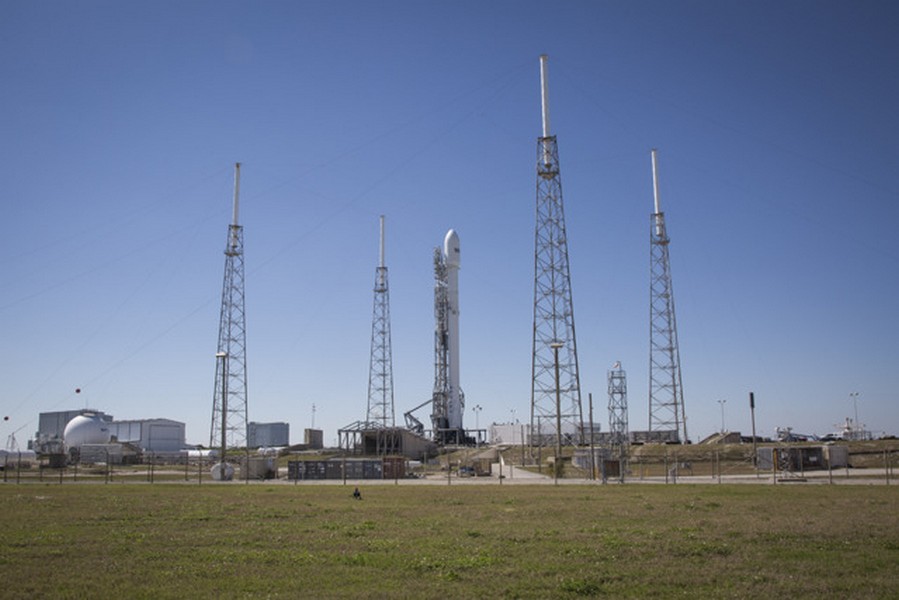The attempt to launch an SES-9 communications satellite into geosynchronous orbit has been fraught with frustrating delays and last minute glitches. Some of the problems have been out of SpaceX’s control. On Sunday, a tug boat towing a barge blundered into the launch zone about 30 miles offshore. SpaceX issues warnings to marine traffic well in advance of any launch activity, but in this case the tug boat operator either didn’t get the message, didn’t read the message, or just decided to ignore the message.
The launch was delayed 34 minutes until the tug cleared the area, but by then some of the liquid oxygen on board the rocket had warmed up enough to cause problems. The rocket engines temporarily fired in the final seconds of the t minus countdown but shut down 1 second before liftoff.
@SpaceX Launch aborted on low thrust alarm. Rising oxygen temps due to hold for boat and helium bubble triggered alarm.
— Elon Musk (@elonmusk) February 29, 2016
The launch was rescheduled for Wednesday, but that didn’t happen either, due to high winds aloft.
Pushing launch to Friday due to extreme high altitude wind shear. Hits like a sledgehammer when going up supersonic pic.twitter.com/Gr8T5upaLd
— Elon Musk (@elonmusk) March 1, 2016
But some of SpaceX woes are due to its own determination to recover the Falcon 9 rocket if at all possible. Recovering rockets for re-use is a central element of the SpaceX business plan. It hopes to be able to keep its bids on future launches lower than the competition by spending less money on building rockets.
As Wired explains in an article dated March 2, bringing a rocket back successfully requires extra fuel. The Merlin engines that power the Falcon 9 rocket burn kerosene. But there is no oxygen in space, so every rocket has to bring its own oxygen supply with it. Liquid oxygen is 1000 times more dense than oxygen gas, but to get to its liquid state, it must be cooled to less than -297.3 degrees Fahrenheit.
The SES-9 mission requires far more power than a mission to the International Space Station. The ISS orbits about 300 miles above the earth. A geosynchronous satellite like the SES-9 has to be placed more than 24,000 miles high in order to stay in the same place relative to the earth. Boosting a 12,000+ pound payload that high and then recovering the rocket that put it there requires all the power that can be found.
That’s why SpaceX supercools its oxygen to -340 degrees Fahrenheit. The extra cooling makes the liquid oxygen denser, giving the rocket about 10% more power. But handling the supercooled liquid is tricky stuff that requires extra insulation on board to keep it from boiling off. That’s why the straying tug boat on Sunday night caused such a problem.
SpaceX has now rescheduled the launch for Friday, March 4. The launch window opens at 6:35 pm ET. The weather forecast is favorable. SpaceX admits the odds are against a successful recovery of the first stage rocket, but long odds have never been known to stop Elon Musk before.
Photo credit: SpaceX












